The legendary Johnny Cash once gave his daughter, Rosanne, a list of what he thought were the 100 essential country-music songs. This got us thinking: What are the essential plants that we would pass along to a loved one? To see what we could put together as a list, we surveyed leading plantspeople, designers, and gardeners for their top 10 essential plants. Here are the genera that rose to the top.
1. Hydrangea
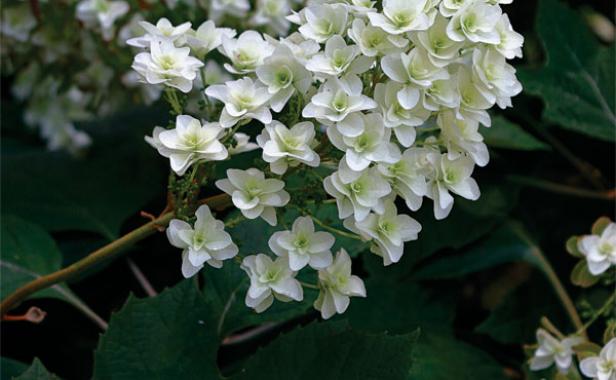
USDA Hardiness Zones 4–9
A garden classic with beautiful blooms and a variety for almost any
situation—is there any question why this one came in first?
Highly recommended:
• ‘Big Ben’ panicle hydrangea (Hydrangea paniculata ‘Big Ben’, Zones 4–8)
• ‘Blue Billow’ serrata hydrangea (H. serrata ‘Blue Billow’, Zones 6–9)
• ‘Snowflake’ oakleaf hydrangea (H. quercifolia ‘Snowflake’, Zones 5–9, pictured)
2. Salvia
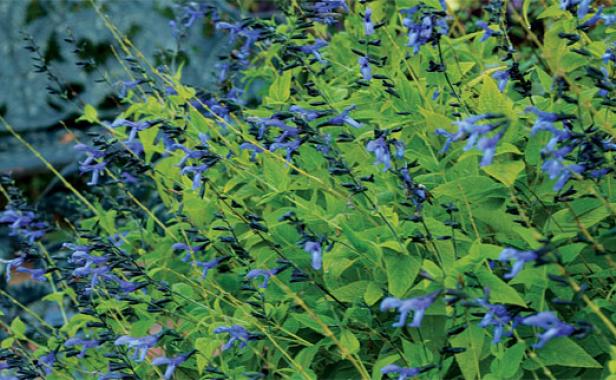
Zones 5–11
Everyone can find something to love in this genus of long bloomers. Even where the variety isn’t hardy, it is worth growing as an annual.
Highly recommended:
• ‘Amethyst’ salvia (Salvia nemorosa ‘Amethyst’, Zones 5–9)
• ‘Black and Blue’ salvia (S. guaranitica ‘Black and Blue’, Zones 7–10, pictured)
3. Rose

Zones 3–9
Is any garden complete without a rose? While some deserve their fussy reputation, countless cultivars require no special attention to reward you with their unmatchable blooms.
Highly recommended:
• Carefree Celebration™ rose (Rosa ‘Radral’, Zones 5–9, pictured)
• ‘Graham Thomas’ rose (R. ‘Graham Thomas’, Zones 5–9)
• ‘Just Joey’ rose (R. ‘Just Joey’, Zones 5–7)
4. Viburnum
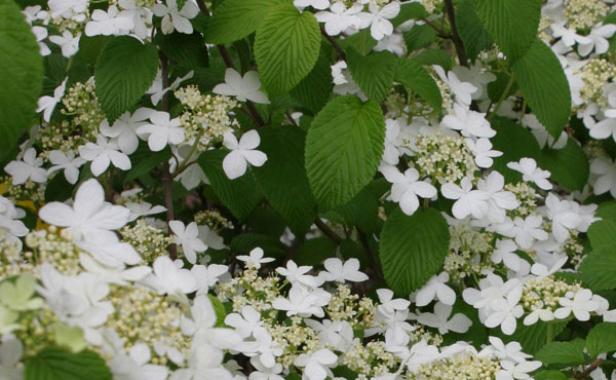
Zones 3–9
For sheer presence in the garden, few shrubs can match a viburnum. Fragrant blooms, colorful berries, and fall color are just some of the attributes you will find in this genus.
Highly recommended:
• Koreanspice viburnum (Viburnum carlesii, Zones 5–8)
• ‘Winterthur’ smooth witherod viburnum (V. nudum ‘Winterthur’, Zones 5–9)
5. Hellebore
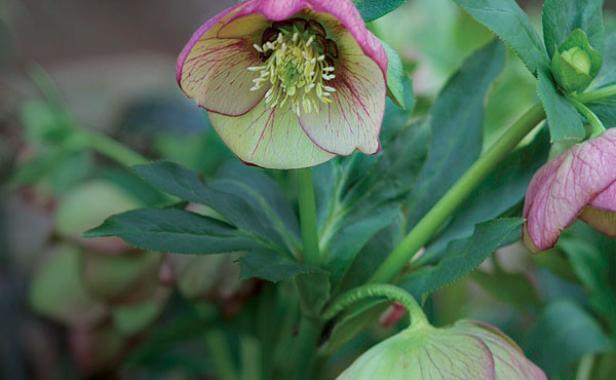
Zones 4–9
You want what? A plant that is not only deerproof, shade loving, and low maintenance but also starts blooming in winter? No plant does…oh, wait—hellebores are all that.
Highly recommended:
• ‘Janet Starnes’ Corsican hellebore (Helleborus argutifolius ‘Janet Starnes’, Zones 6–9)
• Oriental hybrid hellebores (H. × hybridus cvs., Zones 6–9, pictured)
6. Iris
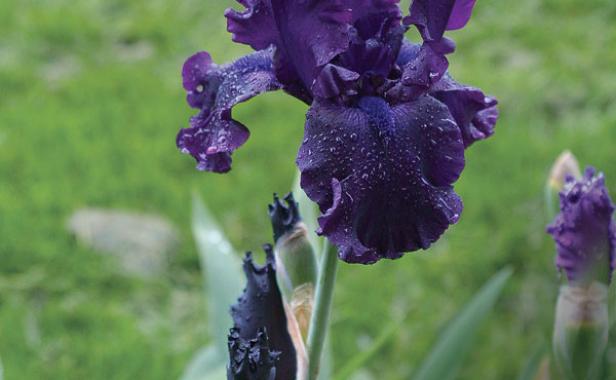
Zones 3–9
Although irises come in almost every color and height, they are always elegant—and supremely easy to pass along.
Highly recommended:
• ‘High Stakes’ iris (Iris ‘High Stakes’, Zones 3–9, pictured)
• Variegated Japanese iris (I. ensata ‘Variegata’, Zones 3–9)
7. Oak

Zones 4–9
The three words used most often to describe an oak are “mighty,” “majestic,” and “strong.” What more could you want from a tree?
Highly recommended:
• Live oak (Quercus virginiana, Zones 8–10)
• White oak (Q. alba, Zones 5–9, pictured)
8. Hosta
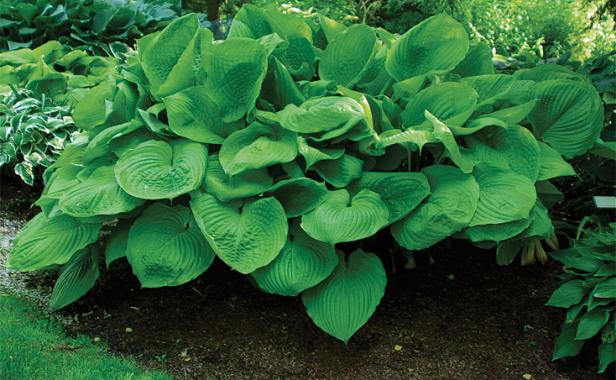
Zones 3-9
Had the North American deer population been allowed to vote, this genus surely would have come in at number one.
Highly recommended:
• ‘Fried Green Tomatoes’ hosta (Hosta ‘Fried Green Tomatoes’, Zones 3–9)
• Giant blue hosta (H. seiboldiana var. elegans, Zones 3–9)
• ‘Sum and Substance’ hosta (H. ‘Sum and Substance’, Zones 3–9, pictured)
9. Sedum
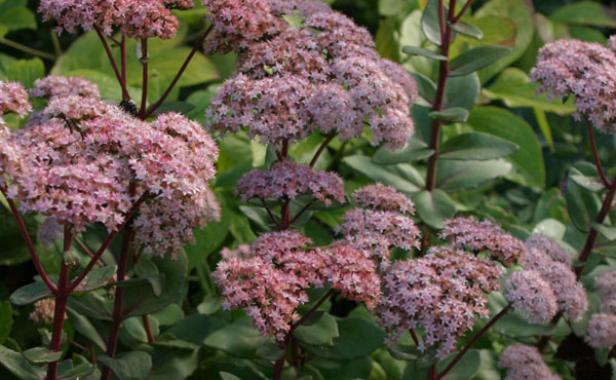
Zones 3–11
Be they upright or ground hugging, these succulents never look bad and rarely need help from you.
Highly recommended:
• ‘Matrona’ sedum (Sedum ‘Matrona’, Zones 4–9, pictured)
• ‘Neon’ sedum (S. spectabile ‘Neon’, Zones 4–9)
• ‘Purple Emperor’ sedum (S. ‘Purple Emperor’, Zones 3–7)
10. Japanese forest grass
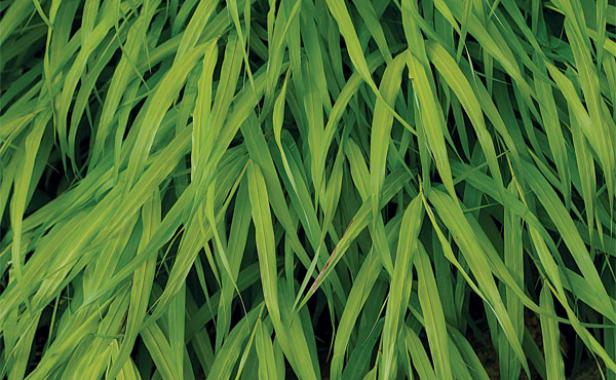
Zones 5–9
Here is a design tip: If you want to immediately improve the look of any shady spot, plant something from this genus.
Highly recommended:
• ‘All Gold’ Japanese forest grass (Hakonechloa macra ‘All Gold’, Zones 5–9, pictured)
• ‘Aureola’ Japanese forest grass (H. macra ‘Aureola’, Zones 5–9)


















Comments
Log in or create an account to post a comment.
Sign up Log in